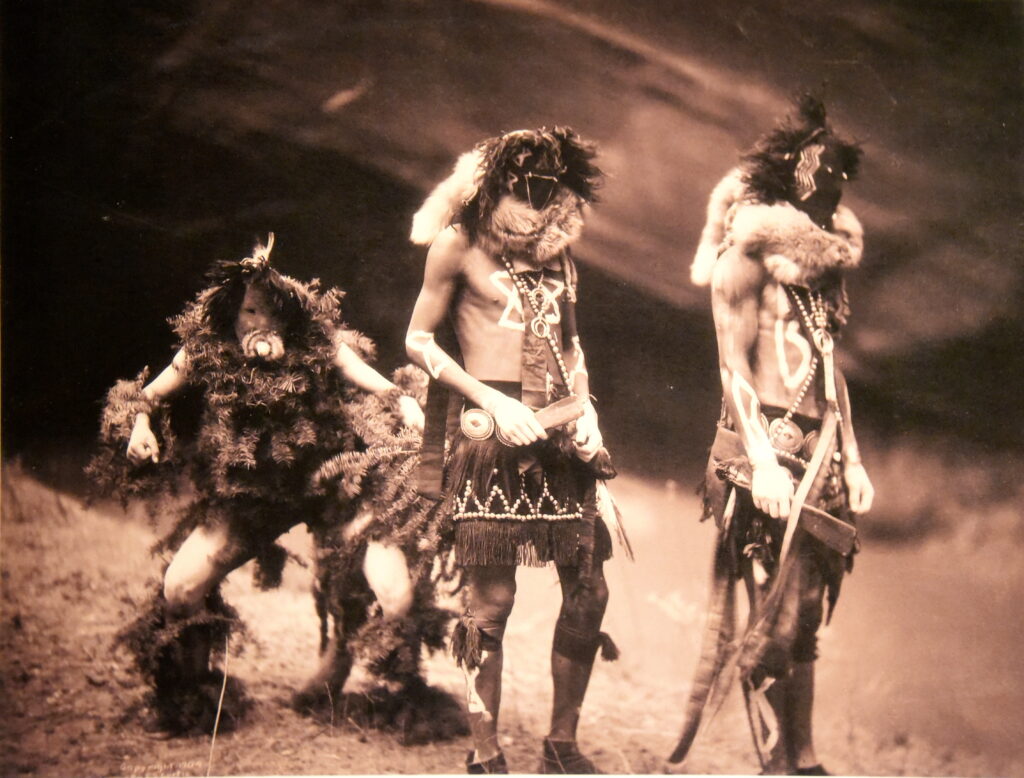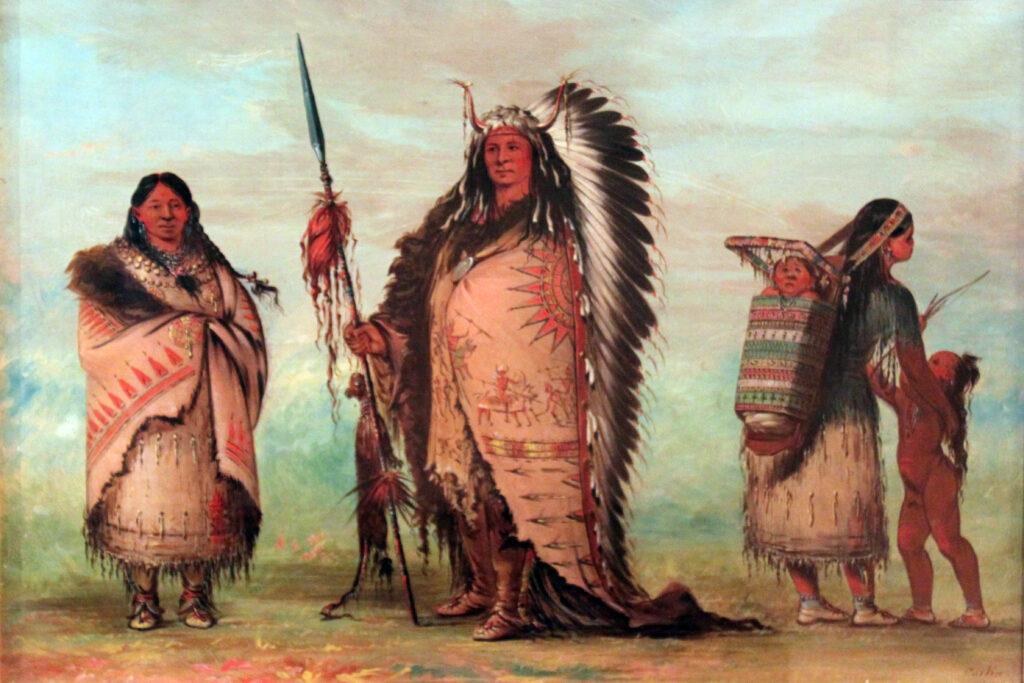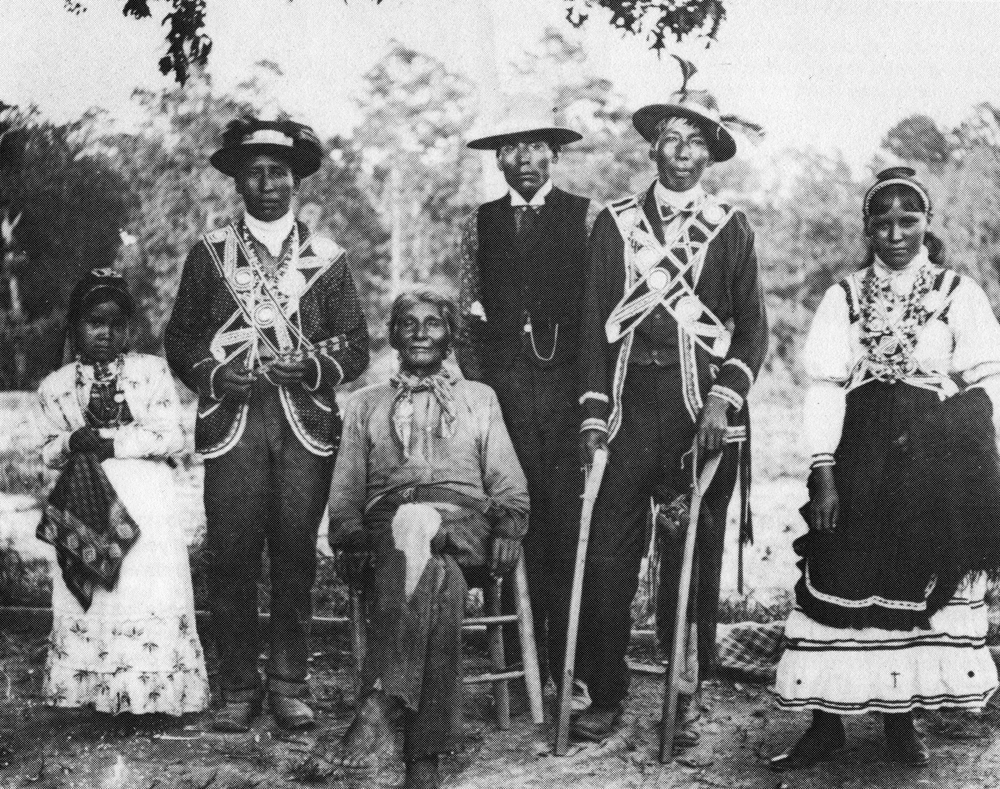Before Europeans arrived in North America, the continent was home to a vibrant network of Indigenous nations, each with its own customs, territories, and histories. Long before colonization, several tribes stood out for their size, influence, and organization. They built complex societies with deep spiritual beliefs, advanced agricultural practices, and far-reaching trade systems. The following five tribes represent some of the largest and most powerful Native nations that flourished before major European contact reshaped the continent forever.
1. Cherokee

The Cherokee people once occupied a vast region across the Appalachian Mountains, covering parts of present-day Georgia, Tennessee, and the Carolinas. By the mid-1600s, their population was estimated at over 20,000, controlling roughly 40,000 square miles of territory. The Cherokee were skilled farmers who grew corn, beans, and squash, and they developed a sophisticated clan system. Their first recorded contact with Europeans occurred in 1540 during Spanish expeditions, but they had already established a thriving, self-sufficient civilization long before that.
2. Navajo

The Navajo, or Diné, emerged as a distinct people in the American Southwest between 1100 and 1500 CE. Their ancestral lands stretched across what is now Arizona, New Mexico, and Utah. Before colonization, they developed a way of life centered around farming, weaving, and trade with nearby Pueblo communities. Later, with the introduction of sheep, they became renowned herders and artisans. Their expansive homeland and adaptive culture allowed them to become one of the largest and most enduring Native nations in North America.
3. Sioux (Oceti Sakowin)

The Sioux, also known as the Oceti Sakowin or “Seven Council Fires,” consisted of several allied bands spread across the Great Plains and upper Midwest. Their influence extended through vast territories that supported massive bison herds, vital to their sustenance and culture. Though their origins trace back thousands of years, they grew into one of the continent’s largest groups. Their mobility, unity, and warrior traditions made them a dominant power across the Plains long before European settlers arrived in their lands.
4. Choctaw

The Choctaw people inhabited large regions of what are now Mississippi, Alabama, and Louisiana. Early explorers described them as one of the most numerous Native nations in the Southeast. By the early 1700s, their total population was estimated between 80,000 and 120,000. The Choctaw were known for their organized villages, extensive agriculture, and rich oral traditions. They built trade networks with neighboring tribes and practiced diplomacy that allowed them to maintain influence well before the arrival of European colonists.
5. Creek (Muscogee)

The Creek, or Muscogee Confederacy, occupied much of present-day Georgia, Alabama, and northern Florida. By the 1500s, they had formed a complex confederation of towns linked by shared governance and culture. Their society was built on agriculture, with maize as a staple crop, and they engaged in widespread trade. The Creek were recognized for their balanced political system, combining local autonomy with collective decision-making. Before European contact, they were among the most powerful and populous nations in the Southeastern woodlands.
Comments